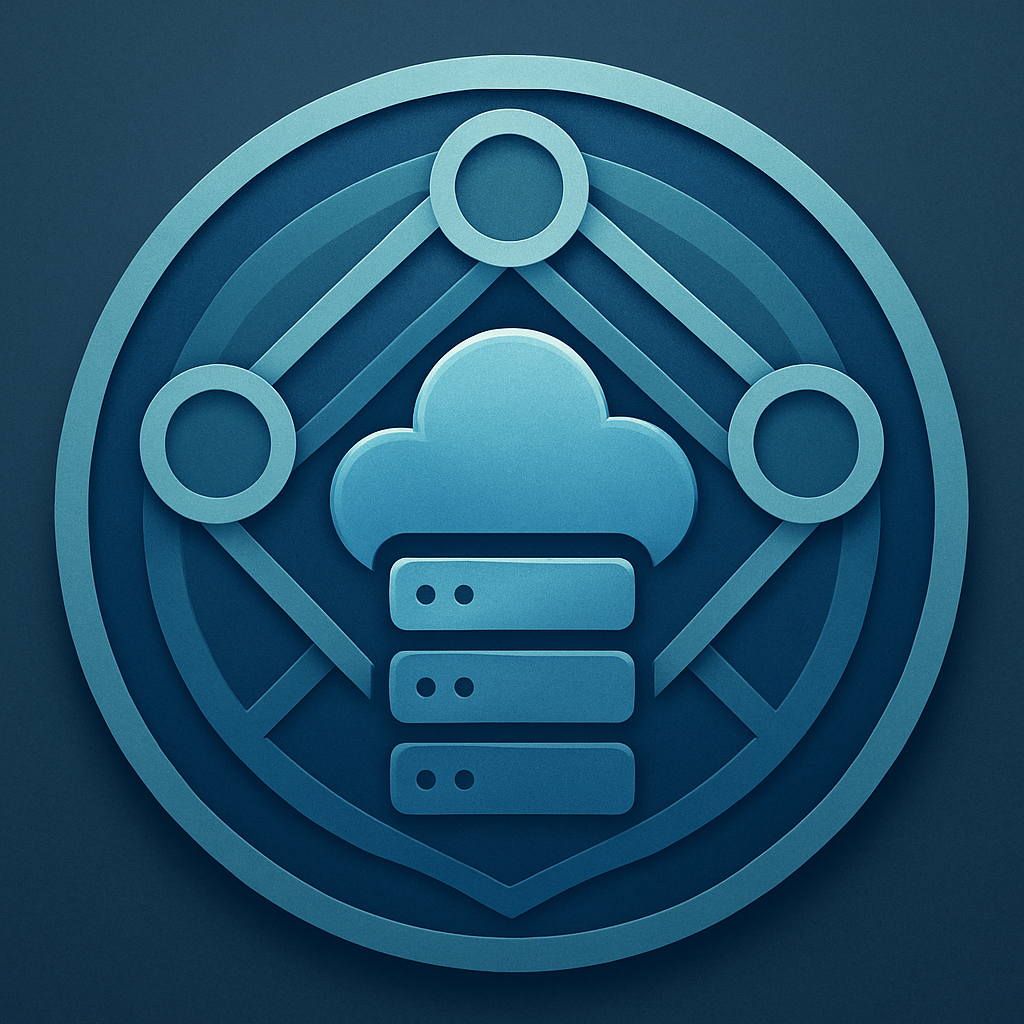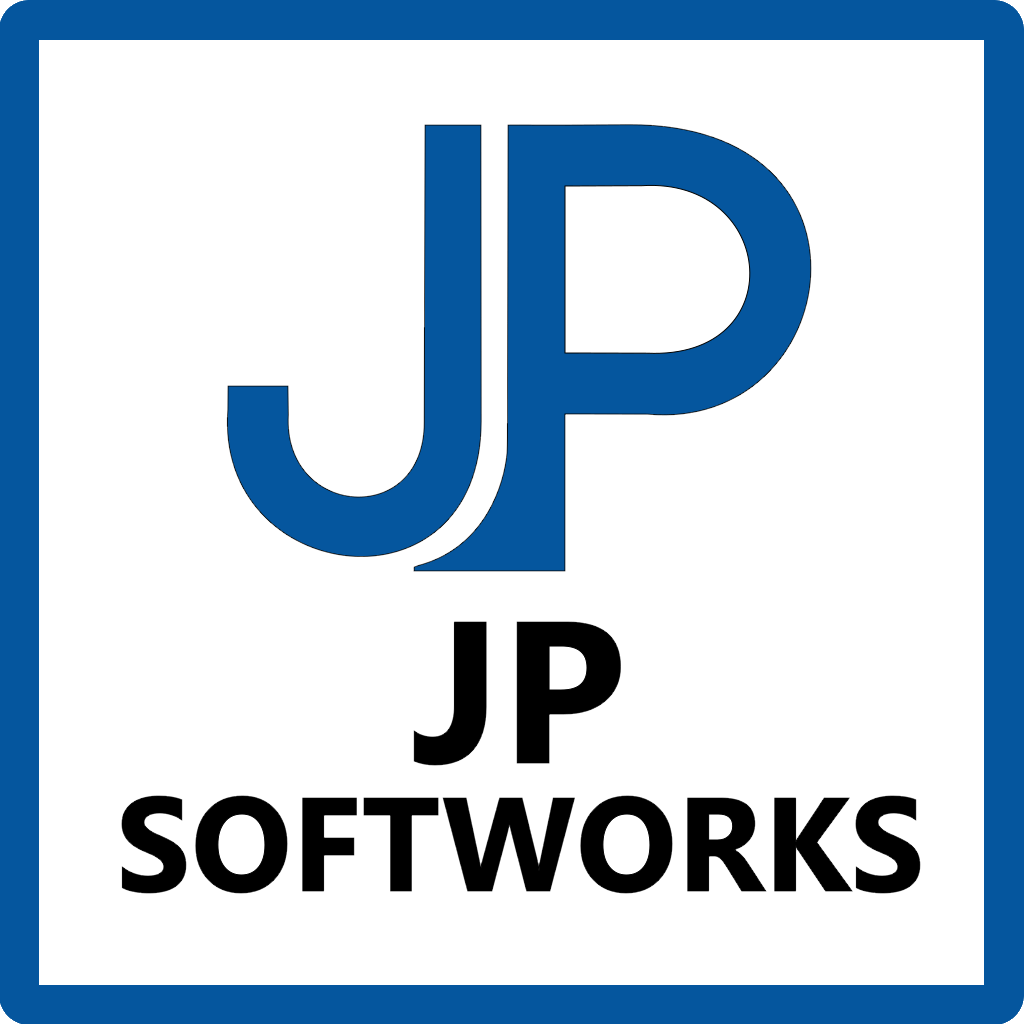Automation: Redundancy vs Resilience
Cloud outages aren’t a matter of if, but when. At JPSoftWorks, we don’t just trust provider SLAs: we design resilience into our systems with automation, smart routing, and chaos testing. Because being ready beats being surprised.

Building Cloud Resilience Beyond Uptime Guarantees
When we move workloads into the cloud, it's tempting to take vendor uptime guarantees at face value. A 99.97% SLA looks solid on paper: almost bulletproof. But as many of us in SecDevOps have learned, the real world is less forgiving. If our reverse proxy or application gateway goes down, our services can effectively vanish, no matter how strong that percentage looks. The question is: are we truly ready to carry the costs and disruption of that downtime?
At JPSoftWorks, we've had to face this head-on. We've realized that resilience in the cloud isn't just about what the provider promises. It's about how we design our own systems, especially our automation, to respond when the inevitable outage happens.
Why Uptime Guarantees Aren't Enough
Let's put that 99.97% number in perspective. It translates to roughly 2 hours and 38 minutes of downtime per year. That might not sound catastrophic, but for a 24/7 service with global customers, every minute lost can mean missed revenue, broken SLAs with our own clients, and reputational hits.
The real risk isn't just the downtime itself. It's the ripple effect: failed transactions, queued requests that never complete, frustrated users turning elsewhere, and the sheer cost of incident response. For companies that lean heavily on digital platforms, even a short outage is more than just a technical hiccup: it's a business event.
The Fragility of Centralized Components
In many cloud architectures, the application gateway or reverse proxy becomes a critical choke point. Or as we like to say, a "single point of failure". It's the single doorway that all requests flow through. If that doorway gets blocked or is broken, no one gets in.
We've seen organizations stack expensive redundancies directly inside a provider's ecosystem to address this fragility. But doubling down on managed services doesn't always make economic sense. Costs can balloon quickly, especially when redundancy is multiplied across multiple services and regions.
So, what's the smarter approach?
Designing for Resilience with Automation
Our experience has shown that resilience isn't just about building "bigger walls." It's about building agility into the system. That means leveraging automation to spin up new instances, reroute traffic, or shift workloads when a central component fails.
For example:
- If our reverse proxy fails in Region A, we can trigger automation that deploys a new instance in Region B within minutes.
- DNS and routing tools can update automatically to point users to the new gateway.
- Monitoring and alerting pipelines can kick off playbooks to handle cascading issues, so it's not just about replacing one instance but making sure the whole chain of services stays intact.
This isn't free: it requires design, infrastructure-as-code practices, and testing. But compared to the ongoing premium of "always-on redundancy," or sometimes even, built-in replication, it often delivers better resilience at a more sustainable cost.
The Trade-Off: Redundancy vs. Resilience
We've essentially got two paths:
- Built-in redundancy – paying for two or three of everything to guarantee availability.
- Automation-driven resilience – designing systems that can recover dynamically when something breaks.
Redundancy is faster in the moment but comes with a heavy price tag. Automation may add a few extra seconds or minutes to failover but saves enormously on ongoing costs. The right choice depends on your risk appetite, your budget, and the expectations of your end-users.
At JPSoftWorks, we've leaned into resilience through automation. We see it as the sweet spot between cost-efficiency and reliability. Our playbooks and orchestration pipelines mean that if a major outage strikes, we're not frozen in place waiting for the cloud provider to fix it. We can actively move our workloads to safety.
Don't Wait for the "Once in a Lifetime" Outage
It's easy to treat outages as rare events. But if you've worked in SecDevOps long enough, you know that "rare" doesn't mean "never." Whether it's DNS issues, data center failures, or a widespread routing mishap, the big outages do happen: and when they do, they dominate headlines and customer complaints alike.
We'd rather assume failure is inevitable and design accordingly. That mindset shifts how we talk about costs. Instead of asking, "Can we afford to double our cloud bill for redundancy?" we ask, "Can we afford not to automate for resilience when the next outage hits?"
How We Approach It at JPSoftWorks
Here are some practices we've found most valuable:
- Multi-region automation: Treat regions as fluid rather than fixed. Our IaC scripts can spin up key services in a different geography in minutes.
- Health-aware routing: Use smart DNS and traffic managers that respond dynamically when endpoints fail.
- Chaos testing: Regularly simulate gateway or proxy outages to ensure our failover automation actually works under stress.
- Cost-aware design: Continuously measure whether our resilience setup is delivering savings compared to a "permanent redundancy" model.
These aren't one-off projects; they're part of how we build, deploy, and operate every service.
Final Thoughts
At the end of the day, cloud providers can only guarantee so much. The rest is on us. By designing resilience into our systems: through automation, monitoring, and smart routing: we reduce our exposure to both the technical and business risks of downtime.
Yes, outages will happen. But when they do, our goal isn't to be surprised. It's to be ready.

